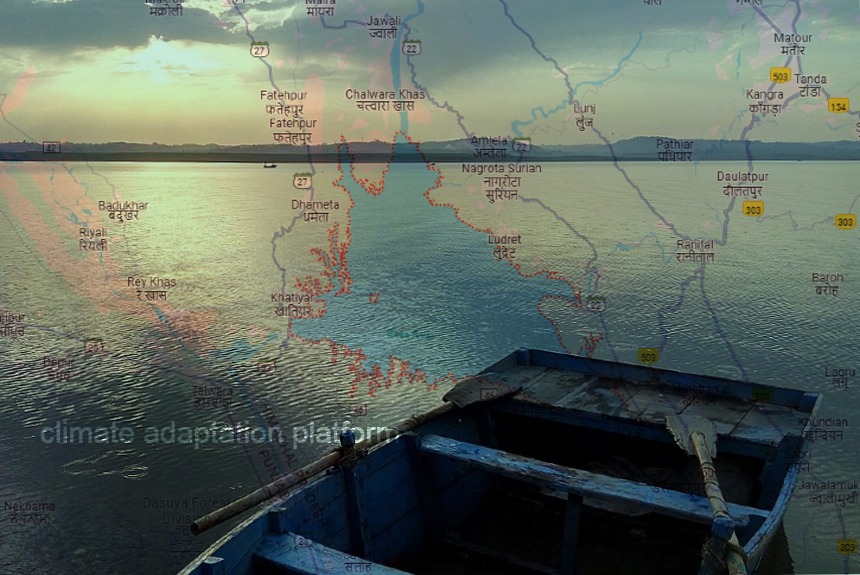A study by Adebayo J. Adeloye and Quan V. Dau investigated the adaptive capacity of static and dynamic hedging in India’s Pong water reservoir to support its performance during climate change.
Water reservoirs are a significant component of the water supply system that utilises river resources. They store excess water to meet the needs of domestic, industrial, and agricultural sectors.
Analysts plan reservoir operations based on historical runoff data, such as how much water to retain and how much to release. Problems arise when runoff shifts or changes radically.
Climate change is projected to reduce water inflows and variability and increase the reservoir’s vulnerability. These anticipated changes due to climate change have pushed researchers to develop effective mitigation and adaptation strategies.
Water reservoir operators use rule curves to guide them in releasing the quantity of water needed based on the water availability at the beginning of each month. Rule curves indicate the target storage levels that must be maintained in the reservoir to meet demand.
Rule curves are easy to deploy but are vulnerable to significant single-period shortages, which may be exacerbated by climate change. Some studies show vulnerability indices of 67% and 88% for both domestic and industrial water allocations.
Water rationing or hedging during regular operational periods is implemented to enhance the effectiveness of rule curves in mitigating vulnerability.
This means that a moderate cutback of about 25% through hedging will minimise the impact on water users when there is sufficient water.
The study has developed optimised static and dynamic zone-based hedging or water rationing policies to enhance the performance of the irrigation water supply during water shortage due to climate change.
Hedging policies were applied in the Pong reservoir in India for the study, then compared with its performance with a no-hedging policy to test the adaptive and mitigating capacity of water rationing climate-change-induced water shortages.
A genetic algorithm determines the rationing ratio and target storage that leads to the monthly hedging.
Simulations show that without hedging, reservoir performance deteriorated with climate change-induced dry days and low water flows. Vulnerability increased by up to 60%.
Implementing hedging, specifically dynamic hedging, significantly reduced the number of significant single-period water shortages, reduced vulnerability, and outperformed the static hedging policy.
Although this study is used in the Pong reservoir in India, it can be replicated in other water reservoirs worldwide.
Sources:
Adeloye, A. & Dau, Q. (2019, 15 October). Hedging as an adaptive measure for climate change-induced water shortage at the Pong reservoir in the Indus Basin Beas River, India. Science of the Total Environment, Volume 687, P554-566. Retrieved from https://www.sciencedirect.com/science/article/pii/S0048969719325756
PHOTO CREDIT: By Vadobill – Own work, CC BY-SA 4.0, Link



Leave a Reply